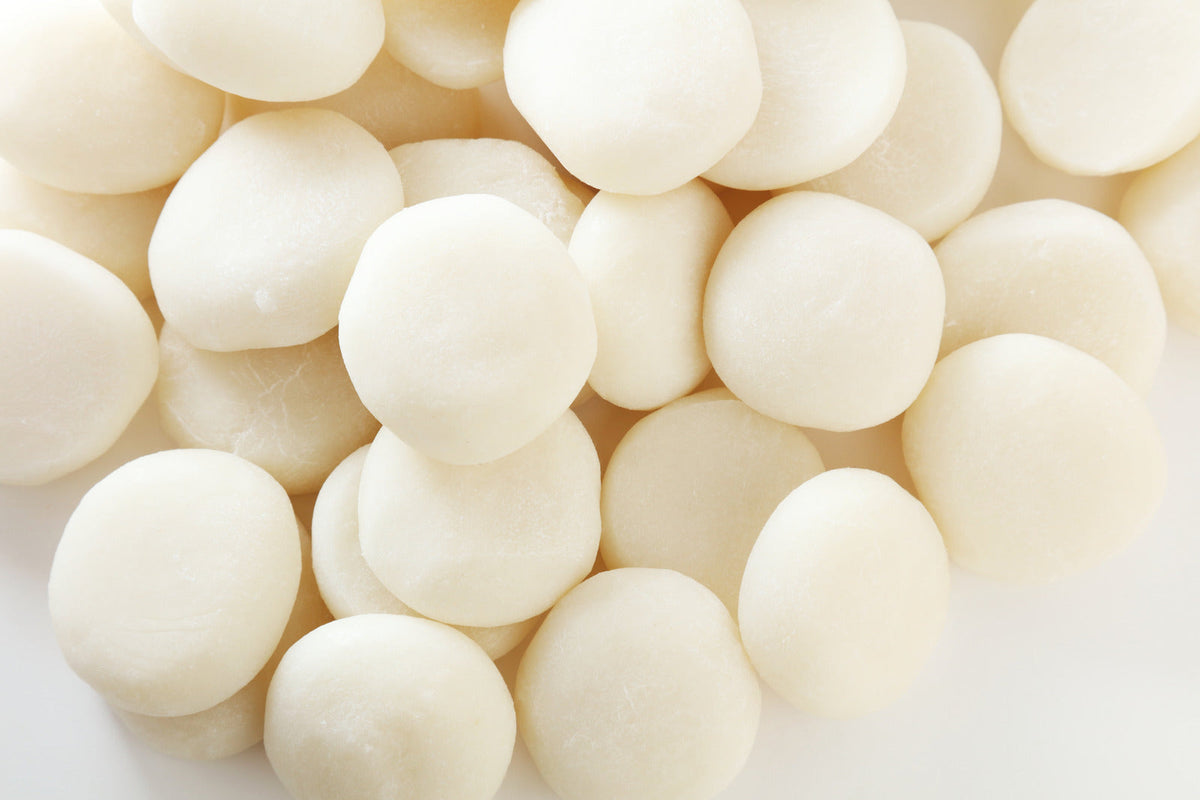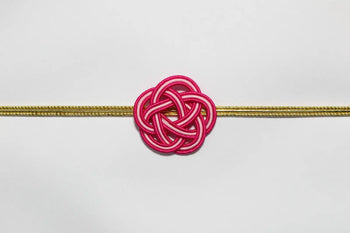

Mochi, a beloved Japanese treat, has captured hearts not only in Japan but around the world. This chewy, delicious delicacy is more than just food—it's a symbol of tradition, community, and festivity. Let's explore the fascinating process of making mochi, its cultural significance, and why it's increasingly becoming a global phenomenon.
What is Mochi?
Mochi is a soft dough made from glutinous rice, known as mochigome. Unlike regular rice, mochigome is sticky and elastic, which gives mochi its unique texture. The process of turning this special rice into mochi is known as mochitsuki . This traditional method involves steaming the rice and then pounding it into a smooth, pliable dough.
The Mochitsuki Process
From Paddy to Dough
The creation of mochi begins with the rice harvest in Japan, typically from October to New Year’s. The freshly harvested rice is cleaned and soaked overnight, then steamed in stacked wooden baskets. Once the rice is perfectly steamed, it is transferred to a large mortar called an "usu" and pounded with wooden mallets known as "kine." This labor-intensive process requires coordination and teamwork, where participants rhythmically pound and turn the rice until it transforms into the smooth dough we recognize as mochi.
Shaping and Flavoring
After the dough achieves the desired consistency, it is dusted with mochiko (rice flour) to prevent sticking and shaped into small, round pieces. This step is crucial because the mochi is soft and pliable, making it the perfect time to incorporate different flavors or fillings. Popular additions include sweet azuki bean paste or savory ingredients like ground pork.
Mochi in Cultural Celebrations
Mochitsuki isn't just a culinary activity; it's a social event that brings people together. In Japan, it often coincides with New Year festivities, where communities gather to celebrate abundance and good fortune. Mochi is also used in various ceremonial offerings and is believed to bring good luck and longevity.
Mochi Festivals
Outside Japan, mochitsuki has gained popularity as a cultural event. Many Japanese cultural centers worldwide host mochi-making festivals, offering a hands-on experience of this time-honored tradition. These events are not only fun but educational, connecting people with Japanese culture and traditions.
Global Popularity of Mochi
In recent years, mochi has become a favorite treat worldwide. Its unique texture and adaptability to various flavors have made it a star in the dessert world. Whether filled with ice cream or enjoyed plain, mochi’s versatility continues to win over food enthusiasts globally.
Join the Mochi Movement
Whether you're a culinary adventurer or a lover of Japanese culture, making mochi is a rewarding experience. It's a delightful way to bring a taste of Japan into your home and share with friends and family.



